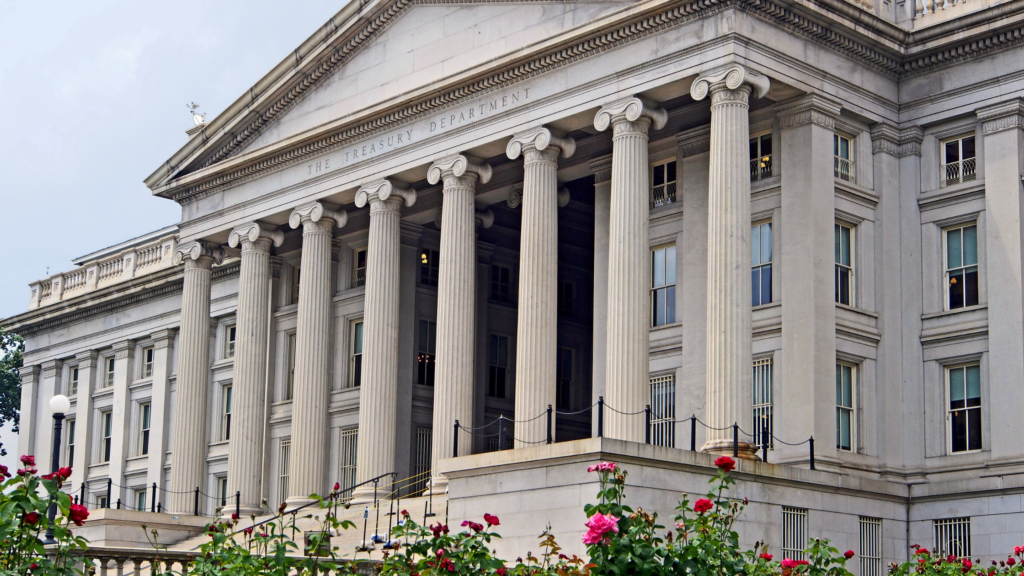Treasury Releases Final Rule for ARPA State and Local Fiscal Recovery Funds
BLUF
- The U.S. Department of Treasury released the Final Rule that will govern ARPA’s Coronavirus State and Local Fiscal Recovery Funds
- The new rule provides state and local governments much more flexibility in dealing with the pandemic and supporting those affected in their communities
- Please visit the Treasury Department’s site for more information regarding SLFRF

As part of the American Rescue Plan Act or ARPA, $350 billion will be provided to state, local, and tribal governments to provide aid and support in response to the COVID-19 pandemic. These funds, known as the State and Local Fiscal Recovery Funds, or SLFRF, have been governed by the Treasury’s interim Final Rule since May.
According to the Treasury, over $245 billion has been disbursed, with over 99% of funds available in 2021 in the hands of state and local governments across the country, as of January 11th.
On January 6th, the Treasury released the Final Rule based on feedback from recipients and stakeholders following the Interim Final Rule. In comparison, the Final Rule provides a broader range of eligible uses and more flexibility. The Final Rule will take effect on April 1st, 2022.
Though the rule won’t take effect until April, the Treasury has stated that they will not take action between now and then to enforce the Interim Final Rule if the use of funds falls under the Final Rule.
*Please consult the Statement Regarding Compliance with the Coronavirus State and Local Fiscal Recovery Funds Interim Final Rule and Final Rule for more information regarding compliance with the Interim Final Rule and the Final Rule.
Key Changes to the Final Rule
Replacing Lost Public Sector Revenue
There is now a standard allowance for lost revenue of up to $10 million. This allowance can be spent on government services throughout the life of the program. You can select between the standard amount of lost revenue or complete a full lost revenue lost calculation.
We recently held a webinar on ARPA’s Revenue Replacement with Toni Roselli with Roselli, Clark, & Associates. The webinar walks you through the calculation, how to make it sustainable, and goes over a real example step-by-step.
Public Helath and Economic Impacts
Additionally, the rule clarifies how funds can be used for programs and services designed to address public health and economic impacts, as well as capital expenditures to support eligible public health or economic responses, such as building affordable housing, childcare facilities, schools, hospitals, or other projects consistent with requirements.
It also allows for a broader set of uses to restore and support government employment, including hiring above a recipient’s pre-pandemic baseline, providing funds to employees that experienced pay cuts or furloughs, avoiding layoffs, and providing retention incentives.
Premium Pay
The Treasury simplified the process of providing premium pay to essential workers by expanding the category of employees eligible for premium pay without written justification.
Water, Sewer & Broadband Infrastructure
Moreover, they expanded the number of eligible water and sewer projects as well as the range of eligible broadband investments, allowing recipients to resolve access, affordability, and reliability challenges.
Additional Resources
The Treasury has stated that there will be additional FAQs and guidance released as they receive questions. We will update this page as they are released.
- The Final Rule
- Overview of the Final Rule
- How to Request Funding
- Treasury Webinar: An Introduction to the Final Rule
This is just an overview of the Final Rule. Please see the links above for additional information.
Odyssey Advisors seeks to stay up-to-date with developing legislation to keep you informed. If you would like to have the latest news and insights delivered straight to your inbox, you can subscribe above.
Categories:
Share